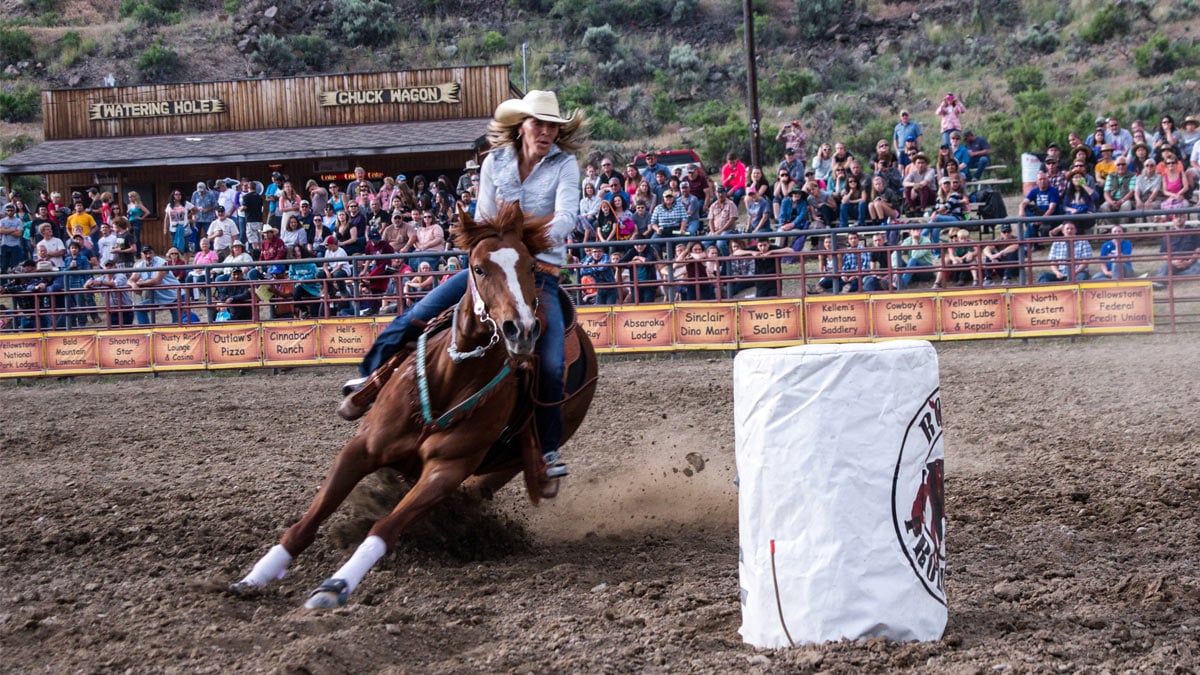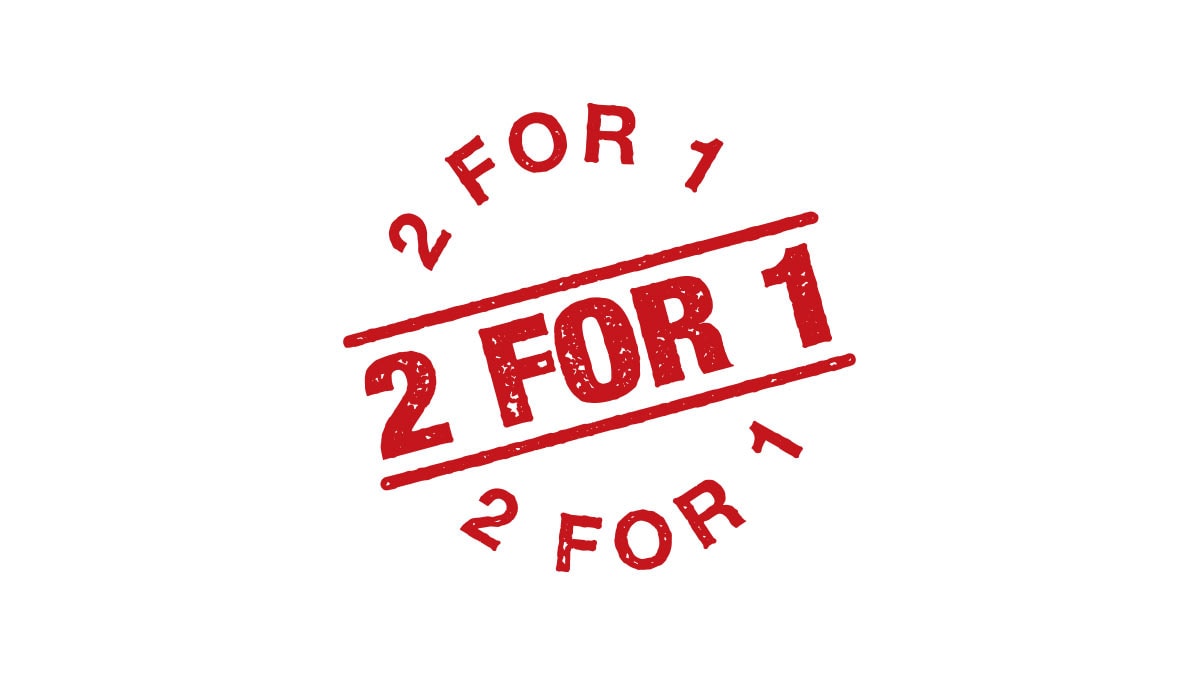Key points
- The tobacco industry has used strategies, like discounts, tailored advertising, and cultural events, to market products to people in rural areas.
- Stress can increase commercial tobacco use and can make health problems worse.

Health disparities in rural areas
Some policies and practices have led to health risks and challenges, and related long-term health outcomes, for people living in certain geographic areas.
People in rural areas are less likely to be covered by policies that protect and promote health:
- People living in rural counties lack health insurance at higher rates than those living in urban areas.1 Uninsured people have worse health and die sooner than people with health insurance.2
- People living in rural areas may face barriers when accessing health care services, such as long travel times to reach care and decreased availability of public health and health care services.3
- People in rural areas may face greater occupational exposure to dust, fumes, and other forms of unhealthy air on the job, both in agricultural and non-agricultural jobs, than people who work in urban areas.4
- People who grow and harvest tobacco can be exposed to workplace injuries and nicotine poisoning (also known as green tobacco sickness).5 The Fair Labor Standards Act prohibits children under age 16 from doing agriculture work deemed hazardous, but the U.S. Department of Labor has not included exposure to tobacco leaves or plants in its rules about hazardous jobs.6
There are also other reasons—like the ones explored below—that help explain why commercial tobacco affects the health of people in some geographic areas.A
Targeted marketing and advertising
Marketing plays a big role in whether people try or use commercial tobacco products. Commercial tobacco ads make smoking appear more appealing and increase the chance that someone will try smoking for the first time or start using commercial tobacco products regularly.78910111213
The tobacco industry has used these strategies to market products to people in rural areas:
Discounts
Discounts and special sales are one of the main ways that tobacco companies keep their products cheap and visible.
For example, one California study of stores that sold tobacco products found lower prices for the cheapest packs of cigarettes in rural areas of California compared to non-rural areas.14 Stores located in rural areas, in the same study, were also more likely to advertise discounts for smokeless tobacco than stores in non-rural areas.14

Tailored advertising
The tobacco industry tailors marketing to young men in rural areas by advertising chewing or dipping tobacco using images depicting cowboys, hunters, and race-car drivers. These images placed on product packaging and in advertisements are placed in retail settings most likely to reach young men in rural areas.15
Cultural events
Tobacco companies have sponsored rodeos in rural areas where rodeos are popular.16 Tobacco companies themselves have estimated that 25–30% of the audience is made up of children and youth.17

Commercial tobacco products in discount stores
Dollar stores have opened new stores at record pace since the 2008, specifically targeting small towns in rural areas with large numbers of people with lower incomes. When dollar stores began selling commercial tobacco products in 2012 and 2013, this added significantly to the number of places where people living in rural areas in the Southeastern states could purchase tobacco products.18
How to protect people from commercial tobacco marketing and product use
Stress, commercial tobacco use, and health problems
When people have multiple forms of stress—like financial problems, discrimination, or unsafe neighborhoods—they can be more likely to smoke.20212223

People in rural areas experience many types of pressure:
- Unemployment rates in rural areas are generally high, and rural residents are more likely than urban residents to have incomes below the poverty level.24
- People in rural areas can experience a heightened sense of stress and anxiety about environmental toxins, such as being exposed to dangerous levels of agricultural chemicals through contaminated water or through handling them in their workplace.2526
- Within rural communities, Black, American Indian/Alaska Native, and Hispanic/Latino people often have higher levels of stress, greater barriers to health care, and more health problems than white residents of rural communities.272829
- "Commercial tobacco" means harmful products that are made and sold by tobacco companies. It does not include "traditional tobacco" used by Indigenous groups for religious or ceremonial purposes.
- United States Census Bureau. Health Insurance in Rural America. Accessed March 22, 2022. https://www.census.gov/library/stories/2019/04/health-insurance-rural-america.html
- Institute of Medicine (U.S.) Committee on Health Insurance Status and Its Consequences. America's Uninsured Crisis: Consequences for Health and Health Care. National Academies Press; 2009.
- Coughlin SS, Clary C, Johnson JA, et al. Continuing challenges in rural health in the United States. J Environ Health Sci. 2019;5(2):90–92.
- Doney BC, Henneberger PK, Humann MJ, Liang X, Kelly KM, Cox-Ganser JM. Occupational exposure to vapor-gas, dust, and fumes in a cohort of rural adults in Iowa compared with a cohort of urban adults. MMWR Surveill Summ. 2017;66(21):1–5.
- McKnight RH, Spiller HA. Green tobacco sickness in children and adolescents. Public Health Rep. 2005;120(6):602–606.
- U.S Dept of Labor Wage and Hour Division. Wages and the Fair Labor Standards Act. U.S Dept of Labor. Accessed March 22, 2022. https://www.dol.gov/agencies/whd/flsa
- Carson NJ, Rodriguez D, Audrain-McGovern J. Investigation of mechanisms linking media exposure to smoking in high school students. Prev Med. 2005;41(2): 511–520.
- Charlesworth A, Glantz SA. Smoking in the movies increases adolescent smoking: a review. Pediatrics. 2005;116(6):1516–1528.
- National Cancer Institute. The Role of the Media in Promoting and Reducing Tobacco Use. U.S. Dept of Health and Human Services, National Institutes of Health, National Cancer Institute; 2008. Accessed March 22, 2022. https://cancercontrol.cancer.gov/brp/tcrb/monographs/monograph-19
- Lienemann BA, Rose SW, Unger JB, et al. Tobacco advertisement liking, vulnerability factors, and tobacco use among young adults. Nicotine Tob Res. 2019;21(3):300–308.
- Pierce JP, Sargent JD, Portnoy DB, et al. Association between receptivity to tobacco advertising and progression to tobacco use in youth and young adults in the PATH Study. JAMA Pediatr. 2018;172(5):444–451.
- Henriksen L, Schleicher NC, Feighery EC, Fortmann SP. A longitudinal study of exposure to retail cigarette advertising and smoking initiation. Pediatrics. 2010;126(2):232–238.
- U.S. Dept of Health and Human Services. Smoking Cessation. A Report of the Surgeon General. U.S. Dept of Health and Human Services, 2020. Accessed March 22, 2022. https://www.hhs.gov/sites/default/files/2020-cessation-sgr-full-report.pdf
- Henriksen L, Schleicher NC, Johnson TO, Roeseler A, Zhu SH. Retail tobacco marketing in rural versus nonrural counties: product availability, discounts, and prices. Health Promot Pract. 2020; 21(1_suppl):27S–36S.
- American Lung Association. Cutting tobacco's rural roots: tobacco use in rural communities. American Lung Association; 2015. Accessed March 22, 2022. https://healthforward.org/wp-content/uploads/2015/07/cutting-tobaccos-rural-roots.pdf
- Ling PM, Haber LA, Wedl S. Branding the rodeo: a case study of tobacco sports sponsorship. Am J Public Health. 2010; 100(1):32–41.
- Ling PM, Haber LA, Wedl S. Branding the rodeo: a case study of tobacco sports sponsorship. Am J Public Health. 2010; 100(1):32–41.
- Hall J, Cho HD, Maldonado-Molina M, George Jr TJ, Shenkman EA, Salloum RG. Rural-urban disparities in tobacco retail access in the southeastern United States: CVS vs. the dollar stores. Prev Med Rep. 2019;15:100935.
- Robertson L, McGee R, Marsh L, Hoek J. A systematic review on the impact of point-of-sale tobacco promotion on smoking. Nicotine Tob Res. 2015;17(1):2–17.
- Slopen N, Dutra LM, Williams DR, et al. Psychosocial stressors and cigarette smoking among African American adults in midlife. Nicotine Tob Res. 2012;14(10):1161–1169.
- Williams DR, Mohammed SA. Discrimination and racial disparities in health: evidence and needed research. J Behav Med. 2009;32(1):20–47.
- Slopen N, Kontos EZ, Ryff CD, Ayanian JZ, Albert MA, Williams DR. Psychosocial stress and cigarette smoking persistence, cessation, and relapse over 9–10 years: a prospective study of middle-aged adults in the United States. Cancer Causes Control. 2013;24(10):1849–1863.
- Purnell JQ, Peppone LJ, Alcaraz K, et al. Perceived discrimination, psychological distress, and current smoking status: results from the Behavioral Risk Factor Surveillance System Reactions to Race module, 2004-2008. Am J Public Health. 2012;102(5):844–851.
- U.S. Dept of Agriculture Economic Research Service. Rural Poverty & Well-Being. Accessed March 22, 2022. https://www.ers.usda.gov/topics/rural-economy-population/rural-poverty-well-being/
- Richman L, Pearson J, Beasley C, Stanifer J. Addressing health inequalities in diverse, rural communities: an unmet need. SSM Popul Health. 2019;7:100398.
- Arora K, Cheyney M, Gerr F, Bhagianadh D, Gibbs J, Anthony TR. Assessing health and safety concerns and psychological stressors among agricultural workers in the U.S. Midwest. J Agric Saf Health. 2020;26(1):45–58.
- James CV, Moonesinghe R, Wilson-Frederick SM, Hall JE, Penman-Aguilar A, Bouye K. Racial/Ethnic Health Disparities Among Rural Adults — United States, 2012–2015. MMWR Surveill Summ. 2017;66(23):1–9.
- Centers for Disease Control and Prevention. CDC Health Disparities and Inequalities Report—United States, 2013. MMWR Suppl. 2013;62(3):1–186.
- Agency for Healthcare Research and Quality. 2014 National Healthcare Quality and Disparities Report. U.S. Dept of Health and Human Services; 2015 Accessed March 22, 2022. https://archive.ahrq.gov/research/findings/nhqrdr/nhqdr14/index.html
- Hafez AY, Gonzalez M, Kulik MC, Vijayaraghavan M, Glantz SA. Uneven access to smoke-free laws and policies and its effect on health equity in the United States: 2000–2019. Am J Public Health. 2019;109(11):1568–1575.
- Huang J, King BA, Babb SD, Xu X, Hallett C, Hopkins M. Sociodemographic disparities in local smoke-free law coverage in 10 states. Am J Public Health. 2015;105(9):1806–1813.
- Centers for Disease Control and Prevention. State and Local Comprehensive Smoke-Free Laws for Worksites, Restaurants, and Bars—United States, 2015. MMWR Morb Mortal Wkly Rep. 2016;65(24):623–626.
- American Nonsmokers' Rights Foundation. Bridging the Gap: Status of Smokefree Air in the United States. Accessed March 22, 2022. https://smokefreegaps.org/
